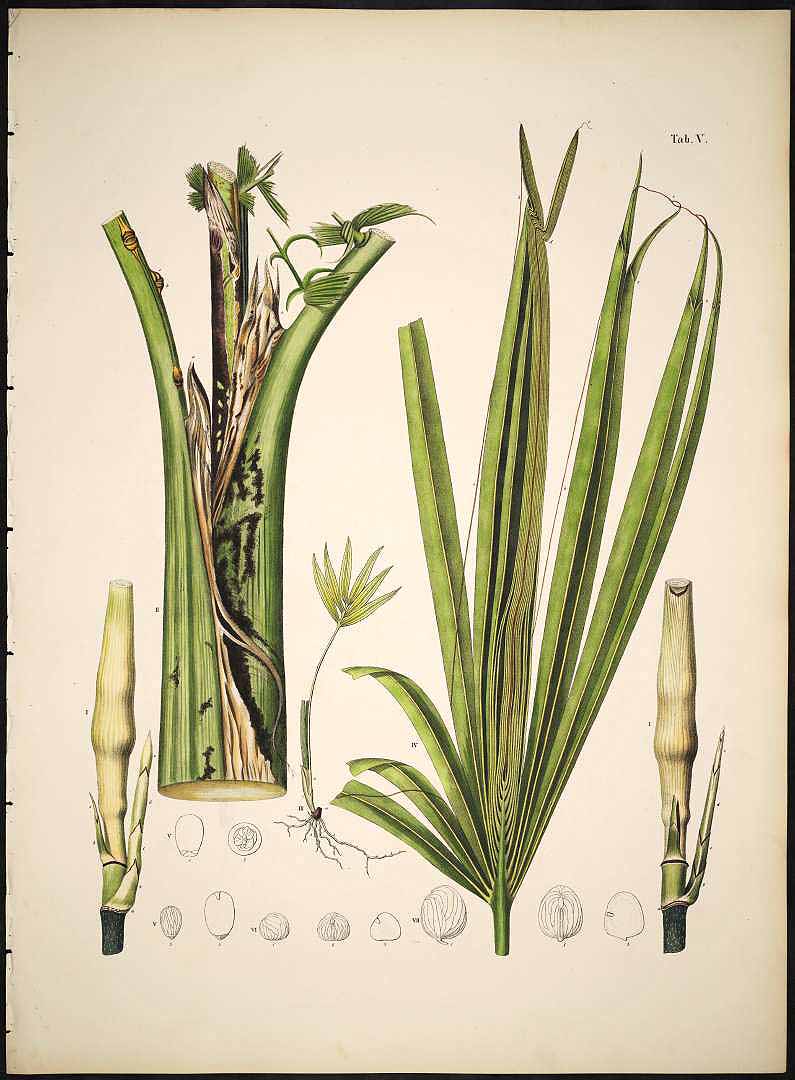! Nouveau site ici !
Vita > Plantae > Magnoliophyta > Liliopsida > Arecales >
Arecaceae > Caryota
Caryota urens
(Palmier à vin)
![Illustration Caryota urens, Par Descourtilz M.E. (Flore médicale des Antilles, vol. 7: t. 501, 1829) [J.T. Descourtilz], via plantillustrations](../inc/images/illustrations/palmier_vin2.jpg )
 | ****
| ****
Vita > Plantae > Magnoliophyta > Liliopsida > Arecales >
Arecaceae > Caryota
Caryota urens
(Palmier à vin)
![Illustration Caryota urens, Par Descourtilz M.E. (Flore médicale des Antilles, vol. 7: t. 501, 1829) [J.T. Descourtilz], via plantillustrations](../inc/images/illustrations/palmier_vin2.jpg )
-3/-5,5°C
Un seul palmier à tige atteignant 10 à 15 m de haut. Il peut mesurer 20 m de haut. Il a un gros tronc épais, annelé et gris. Les feuilles sont très grandes. Ils peuvent mesurer 5 à 6 m de long et 40 cm de... (traduction automatique)
→suite
⬀
Le  donne accès au menu
donne accès au menu (c'est votre point de repère) 😊 ;
En dessous vous avez la classification, à partir de la vie (Vita, premier rang) jusqu'à la classe au dessus de la plante, dont vous trouvez ensuite le nom scientifique/botanique (latin) puis le nom commun (français), le cas échéant ;
C'est aussi un lien vers la fiche complète (tout comme la ✖, en bas à droite, et le +, en dessous de la description) ;
Vient alors l'illustration (ou ce qui la remplace, en attendant), la comestibilité :
Et en bas
⬂


![Illustration Caryota urens, Par Descourtilz M.E. (Flore médicale des Antilles, vol. 7: t. 501, 1829) [J.T. Descourtilz], via plantillustrations - Fermer Illustration Caryota urens, Par Descourtilz M.E. (Flore médicale des Antilles, vol. 7: t. 501, 1829) [J.T. Descourtilz], via plantillustrations - Fermer](../../inc/images/illustrations/palmier_vin2.jpg )


